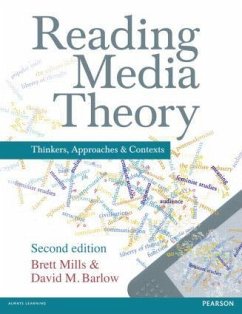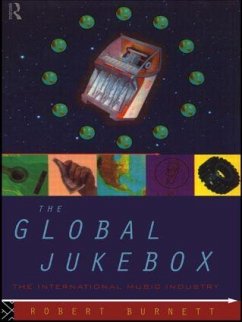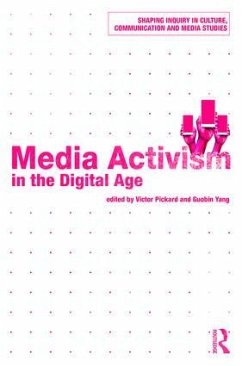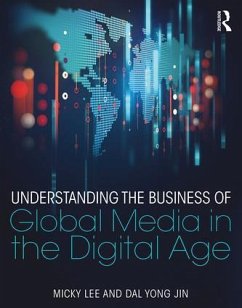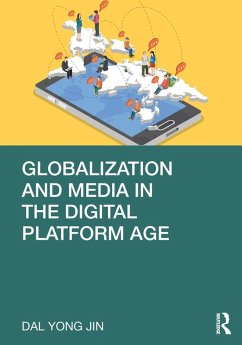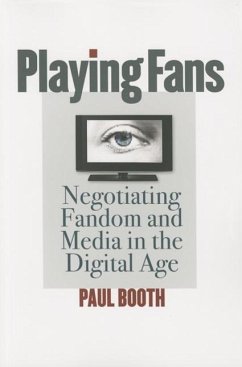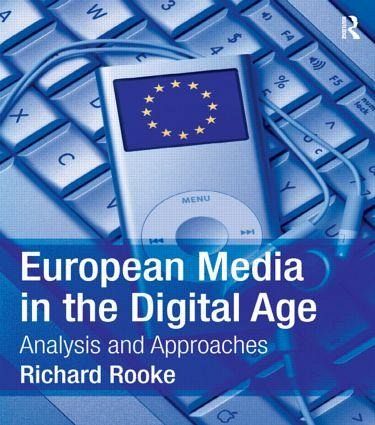
European Media in the Digital Age
Analysis and Approaches
Versandkostenfrei!
Versandfertig in 1-2 Wochen
56,99 €
inkl. MwSt.
Weitere Ausgaben:

PAYBACK Punkte
28 °P sammeln!
This introductory textbook for Media and Communication Studies students is designed to encourage observation and evaluation of the European media in the digital age, enabling students to grasp key concepts and gain a broad and clear overview of the area. It also introduces the principal debates, developments (legislative, commercial, political and technological) and issues shaping the European media today, and examines in depth the mass media, digital media, the internet and new media policy. Understanding today's media scene from print to audiovisual needs a wider view and this book helps mak...
This introductory textbook for Media and Communication Studies students is designed to encourage observation and evaluation of the European media in the digital age, enabling students to grasp key concepts and gain a broad and clear overview of the area. It also introduces the principal debates, developments (legislative, commercial, political and technological) and issues shaping the European media today, and examines in depth the mass media, digital media, the internet and new media policy. Understanding today's media scene from print to audiovisual needs a wider view and this book helps make comprehensible the European media within a broader global media landscape. The text is pedagogically rich and explores a variety of approaches to help the reader gain a better understanding of the European media world. Students are encouraged to start thinking about statistics, relating this to economics, analysing regulations, and combining media theories with theories of European Union integration. The book also includes the use of case studies, illustrations, summaries, critical reflections and directions to wider reading. The European Media in the Digital Age is recommended for all Media Studies students and is also of key interest to students of Politics and Policy, Business Studies, International Studies and European Studies





